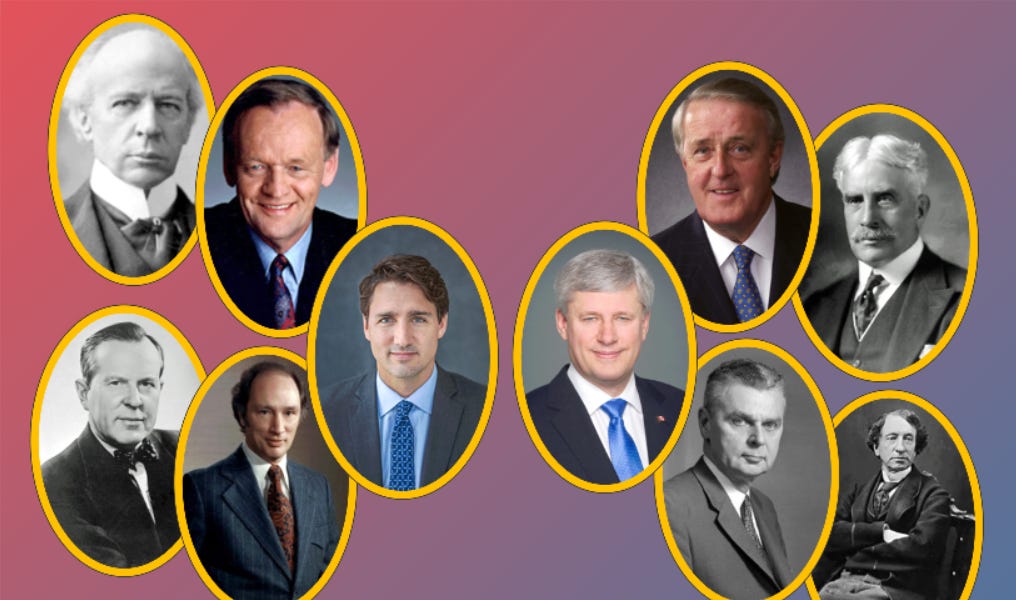The Quebec government’s recent tabling of a bill to give itself the power to limit the number of international students in the province has received considerable media coverage. However, another significant development in Quebec’s immigration policy has gone largely unreported.
On Wednesday, Quebec’s Minister of Immigration, Francization, and Integration Jean François Roberge issued a ministerial decree limiting the degree to which any one country of origin can become overrepresented in permanent residency allocations. Permanent residency invitations to foreign workers from a single country will be limited to 25% of the total number of invitations sent. This policy will apply to the “programme régulier des travailleurs qualifiés” (PRTQ) (in English the “regular program for skilled workers”), and will remain active until next October, when the decision to continue or modify it will be made.
The reasoning behind this per-country cap is to combat what the ministerial decree describes as a “significant reduction in diversity of origin” of permanent residency requests from foreign nationals in Quebec this year. Placing a ceiling on the number of permanent residency invitations to foreigners from any one country will “strengthen the diversity of origin” of newcomers.
The trend that Quebec is reacting to is by means limited to French Canada, and is in fact very pronounced nationwide. In 2021, no fewer than 32% of of new permanent residents came from India alone. This percentage dwarfed the next countries of origin on the list for that year: China accounted for 8% of new permanent residents, and Philippines for just 4%.
The concept of national quotas, or per-country caps, has a long precedent in the history of North American immigration policy. In the U.S., only 7% of employment-based green cards can be issued to individuals from a single country. While opponents of this American policy complain that it results in huge backlogs for applicants from countries like India and China, this actually means the policy is working precisely as intended. A per-country cap is typically meant to prevent a situation in which newcomers from one or a handful of very populous countries are vastly overrepresented in the immigration system, which can lead to social problems such as the formation of single-origin ethnic enclaves in which assimilation is low or non-existent.
Quebec’s imposition of a per-country cap in its PRTQ stream is just the latest in a long line of new immigration restrictions in the province, including the recent bill to limit international student numbers, the dramatic ramping up of French language requirements for economic immigrants, and Premier Legault’s six-month freeze on new low-wage foreign workers in Montreal. Quebec is continuing its long history of charting a different path on immigration – one that limits numbers, rejects multiculturalism, and emphasizes assimilation to the host’s language and culture.
Would you like your province to follow Quebec’s example and impose a per-country cap on permanent residents?
All content on this website is copyrighted, and cannot be republished or reproduced without permission.
Share this article!




The truth does not fear investigation.
You can help support Dominion Review!
Dominion Review is entirely funded by readers. I am proud to publish hard-hitting columns and in-depth journalism with no paywall, no government grants, and no deference to political correctness and prevailing orthodoxies. If you appreciate this publication and want to help it grow and provide novel and dissenting perspectives to more Canadians, consider subscribing on Patreon for $5/month.
- Riley Donovan, editor